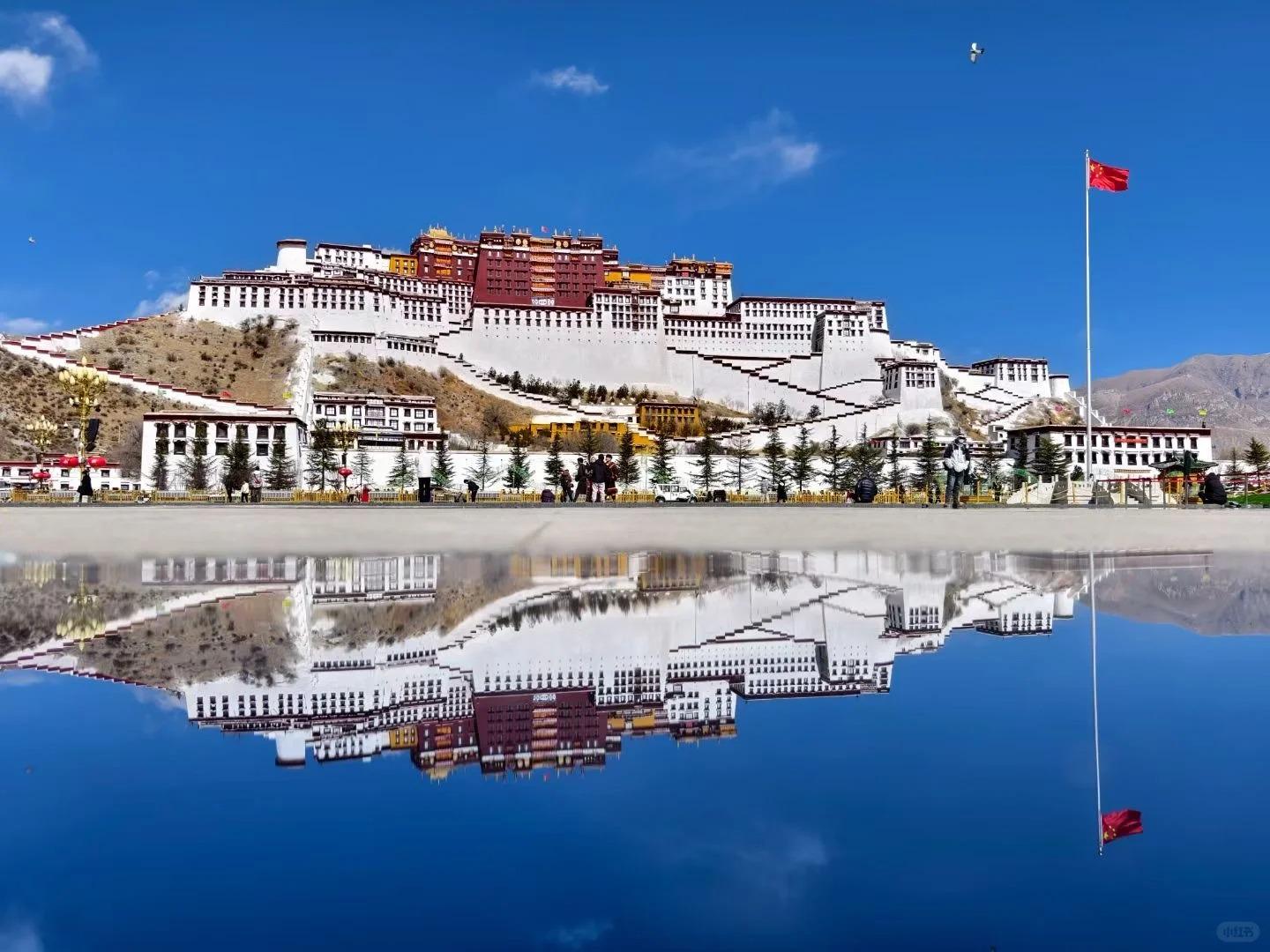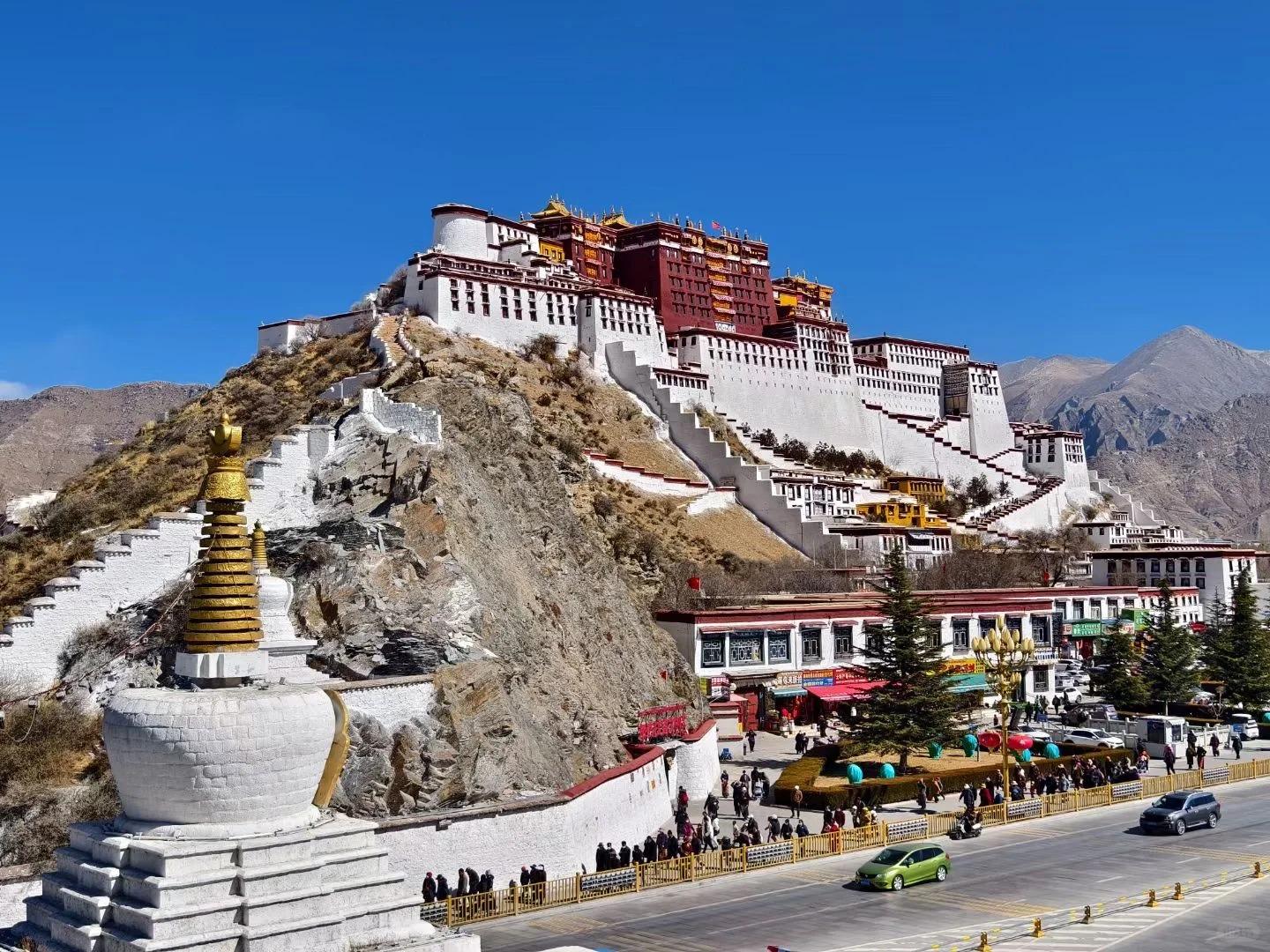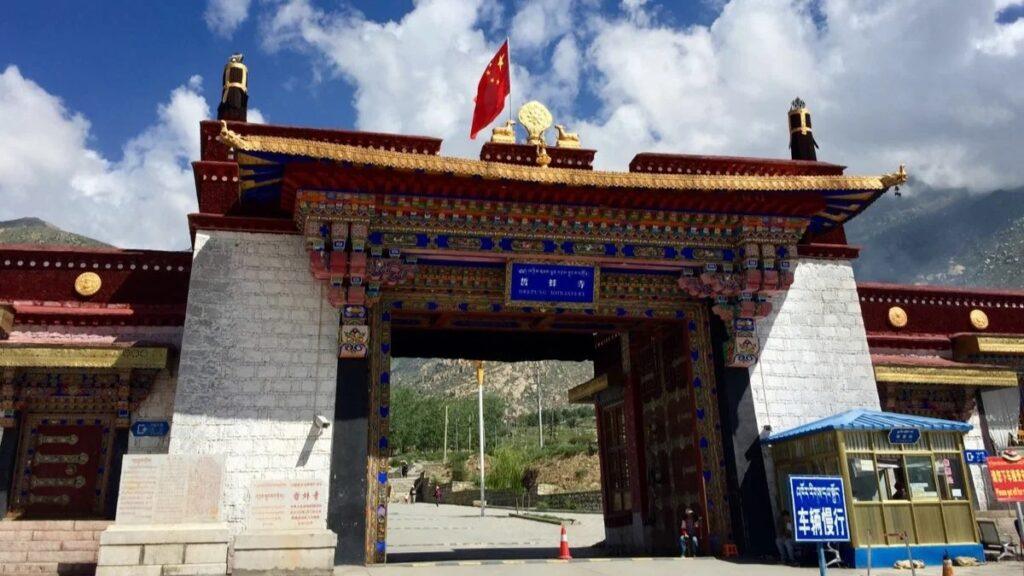Visiting Information
| Information | Details |
|---|---|
| Chinese Name | 布达拉宫 (Bùdálā Gōng) |
| Location and Address | 35 Beijing Middle Road, Chengguan District, Lhasa, Tibet Autonomous Region, China |
| Opening Hours | 9:30 AM – 3:00 PM (May to October) 9:30 AM – 2:00 PM (November to April) Closed on Tuesdays |
| Entrance Fee | 200 CNY (May to October) 100 CNY (November to April) |
| How to Get There | By Bus: Take bus 1, 2, 3, 4, 5, 6, 7, 8, 9, 10, 17, 18, 23, 24, 25, or 26 to Potala Palace Square By Taxi: Ask for “Bùdálā Gōng” or “Potala Palace” No metro system in Lhasa |
| Best Time for Visit | May to October (peak season with better weather) |
| Contact Info | Phone: +86 891 6832221 Email: [email protected] |
Overview
The Potala Palace, perched atop Marpo Ri hill in Lhasa, Tibet, is an architectural marvel and a symbol of Tibetan Buddhism. This UNESCO World Heritage site served as the winter palace of the Dalai Lamas from 1649 to 1959. Towering 13 stories high and containing over 1,000 rooms, 10,000 shrines, and about 200,000 statues, the Potala Palace is not only a stunning example of Tibetan architecture but also a treasure trove of Tibetan history, art, and culture.
Historical Background
The history of the Potala Palace dates back to the 7th century when Tibetan King Songtsen Gampo built a palace on Red Hill. However, the Potala Palace as we know it today was constructed in the 17th century under the fifth Dalai Lama, Ngawang Lobsang Gyatso. The construction began in 1645 and took more than 50 years to complete. Over the centuries, successive Dalai Lamas expanded and enriched the palace. It served as the seat of Tibetan government and the main residence of the Dalai Lama until the 14th Dalai Lama fled to India during the 1959 Tibetan uprising. Since then, the Potala Palace has been converted into a state museum by the Chinese government.
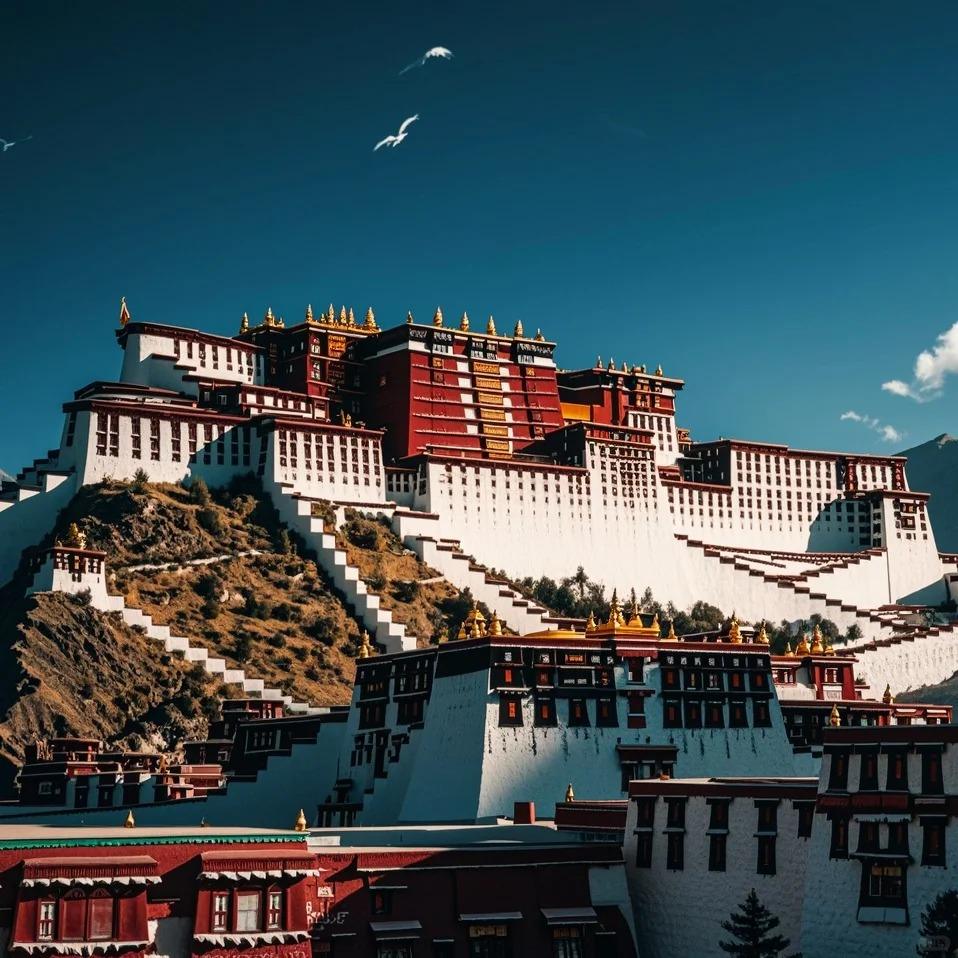
Architectural Features
- White and Red Palaces: The Potala Palace is divided into two main parts: the White Palace and the Red Palace. The White Palace, completed in 1648, served as the living quarters of the Dalai Lama and housed the offices of the Tibetan government. The Red Palace, added in 1694, is devoted to religious study and Buddhist prayer. It contains various chapels, libraries, and tombs of past Dalai Lamas.
- Unique Construction: The palace is built with stone and wood, with walls averaging 3 meters thick and 5 meters thick at the base. The structure is designed to withstand earthquakes. The wooden beams and pillars are joined without nails, demonstrating the advanced Tibetan architectural techniques of the time.
- Golden Roofs: The most striking feature of the Potala Palace is its golden roofs. These roofs are made of gilded bronze tiles that gleam in the sunlight, creating a majestic and awe-inspiring sight.
- Intricate Murals: The interior walls of the palace are adorned with intricate murals depicting various aspects of Tibetan life, history, and Buddhist teachings. These murals are considered masterpieces of Tibetan art.
- Stairs and Corridors: The palace features a complex system of stairs and corridors connecting its numerous rooms and halls. There are reportedly 698 murals, over 10,000 painted scrolls, numerous sculptures, carpets, canopies, curtains, porcelain, jade, and fine objects of gold and silver throughout these passages.
Cultural Importance
The Potala Palace holds immense cultural and spiritual significance for Tibetan Buddhists. It symbolizes the central role of Buddhism in Tibetan culture and the historical political power of the Dalai Lamas. The palace houses numerous artifacts, scriptures, and religious relics that are crucial to Tibetan Buddhist heritage. It’s also a testament to Tibetan architecture, art, and craftsmanship. For many Tibetans, the Potala Palace represents their cultural identity and history. Its image is widely used as a symbol of Tibet around the world. The palace’s conversion into a museum has made it a focal point for discussions about cultural preservation and the political status of Tibet.
Surrounding Attractions
- Jokhang Temple: Located about 2 km east of the Potala Palace, the Jokhang Temple is considered the spiritual heart of Tibet. Built in the 7th century, it houses a famous statue of the Buddha at age 12 and is a primary pilgrimage destination for Tibetan Buddhists.
- Barkhor Street: Surrounding the Jokhang Temple, Barkhor Street is a circular street that serves as a pilgrim circuit and a lively market. It’s an excellent place to experience Tibetan culture, buy traditional crafts, and observe pilgrims performing prostrations.
- Norbulingka: Located about 3 km west of the Potala Palace, Norbulingka was the summer palace of the Dalai Lamas. It features beautiful gardens, traditional Tibetan architecture, and a zoo. The palace grounds are a popular picnic spot for locals during the summer months.
- Tibet Museum: Situated near the Norbulingka, the Tibet Museum offers insights into Tibetan history, culture, and art. It houses a collection of prehistoric cultural relics, Buddhist statues, Thangka paintings, and other artifacts related to Tibetan culture.
- Sera Monastery: Located about 5 km north of the Potala Palace, Sera Monastery is one of the “great three” Gelug university monasteries of Tibet. It’s famous for its lively debates among monks on Buddhist doctrines, which visitors can observe in the afternoons.
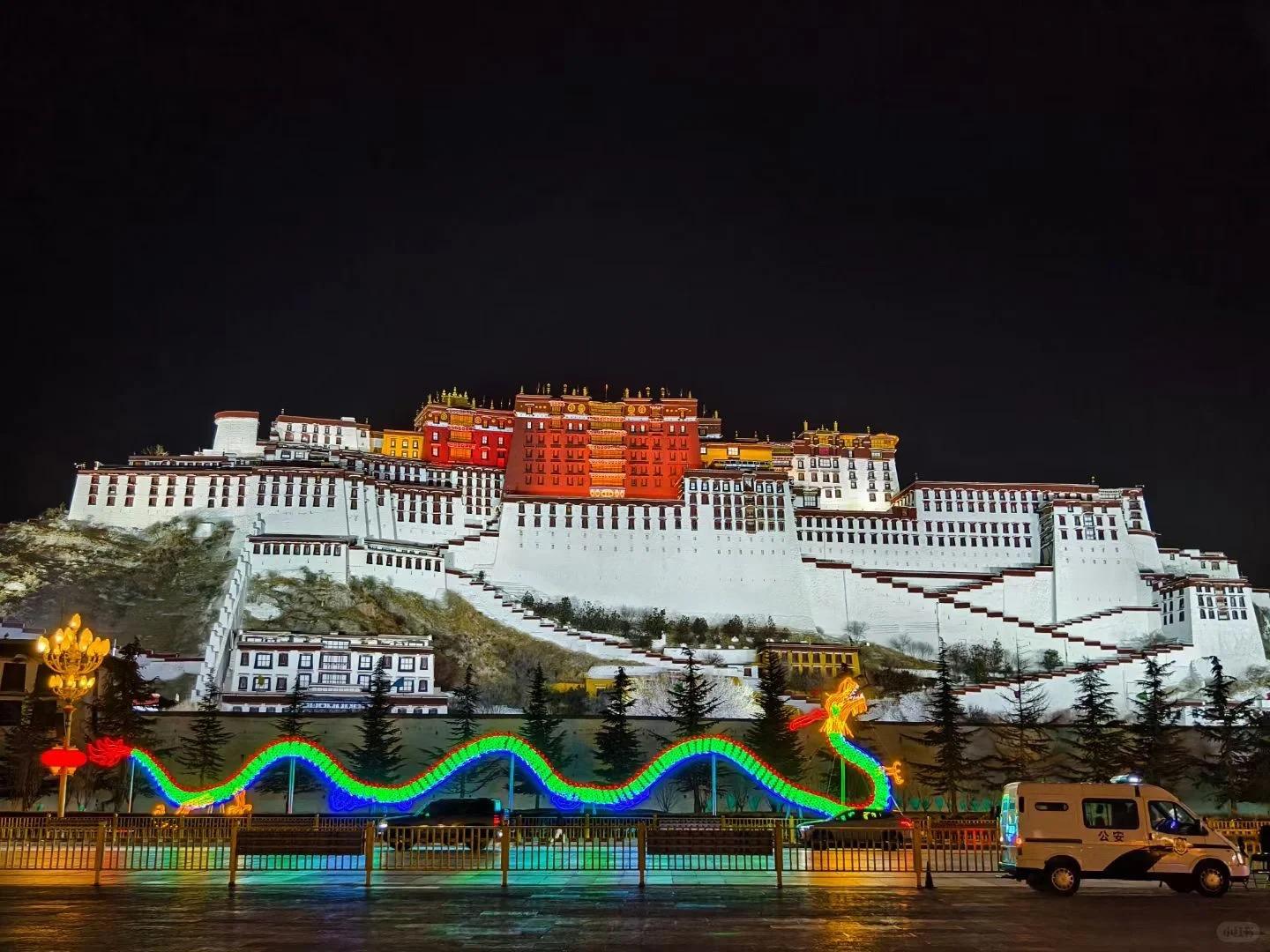
Photography Opportunities
- Exterior Views: The most iconic shots of the Potala Palace are taken from a distance, capturing the entire structure against the backdrop of mountains. The square in front of the palace and the nearby hills offer excellent vantage points for these panoramic views.
- Golden Roof Details: Close-up shots of the golden roofs, especially during sunrise or sunset when the light makes them glow, can produce stunning images that capture the palace’s grandeur.
- Interior Architecture: While photography is restricted in many areas inside the palace, where permitted, the intricate murals, ornate decorations, and unique architectural details provide fascinating subjects for photography.
- Pilgrim Activity: The devout pilgrims circumambulating the palace or performing prostrations offer opportunities for capturing the living spiritual significance of the site.
- Night Photography: The Potala Palace is beautifully illuminated at night, creating a dramatic contrast with the dark sky. This offers a different perspective for photographers looking to capture the palace’s majestic presence.
- Seasonal Shots: The appearance of the Potala Palace changes with the seasons. Winter shots with snow-capped mountains in the background, or spring and summer images with blooming flowers in the foreground, can add variety to your photography.
Modern Importance
- Cultural Preservation: The Potala Palace plays a crucial role in preserving Tibetan culture and history. As a museum, it safeguards countless artifacts, artworks, and historical documents that are integral to Tibetan heritage.
- Tourism Hub: The palace is a major tourist attraction, drawing visitors from all over the world. It significantly contributes to the local economy and helps promote awareness of Tibetan culture globally.
- UNESCO World Heritage Site: Its status as a UNESCO World Heritage site since 1994 ensures international attention and support for its preservation, highlighting its universal value to human culture.
- Symbol of Tibetan Identity: For many Tibetans, both in Tibet and in exile, the Potala Palace remains a powerful symbol of their cultural identity and historical autonomy.
- Educational Resource: As a museum, the Potala Palace serves as an important educational resource, offering visitors insights into Tibetan history, art, religion, and architecture.
- Political Significance: The palace continues to hold political significance as a symbol of the complex relationship between Tibet and China, often featuring in discussions about cultural autonomy and preservation.
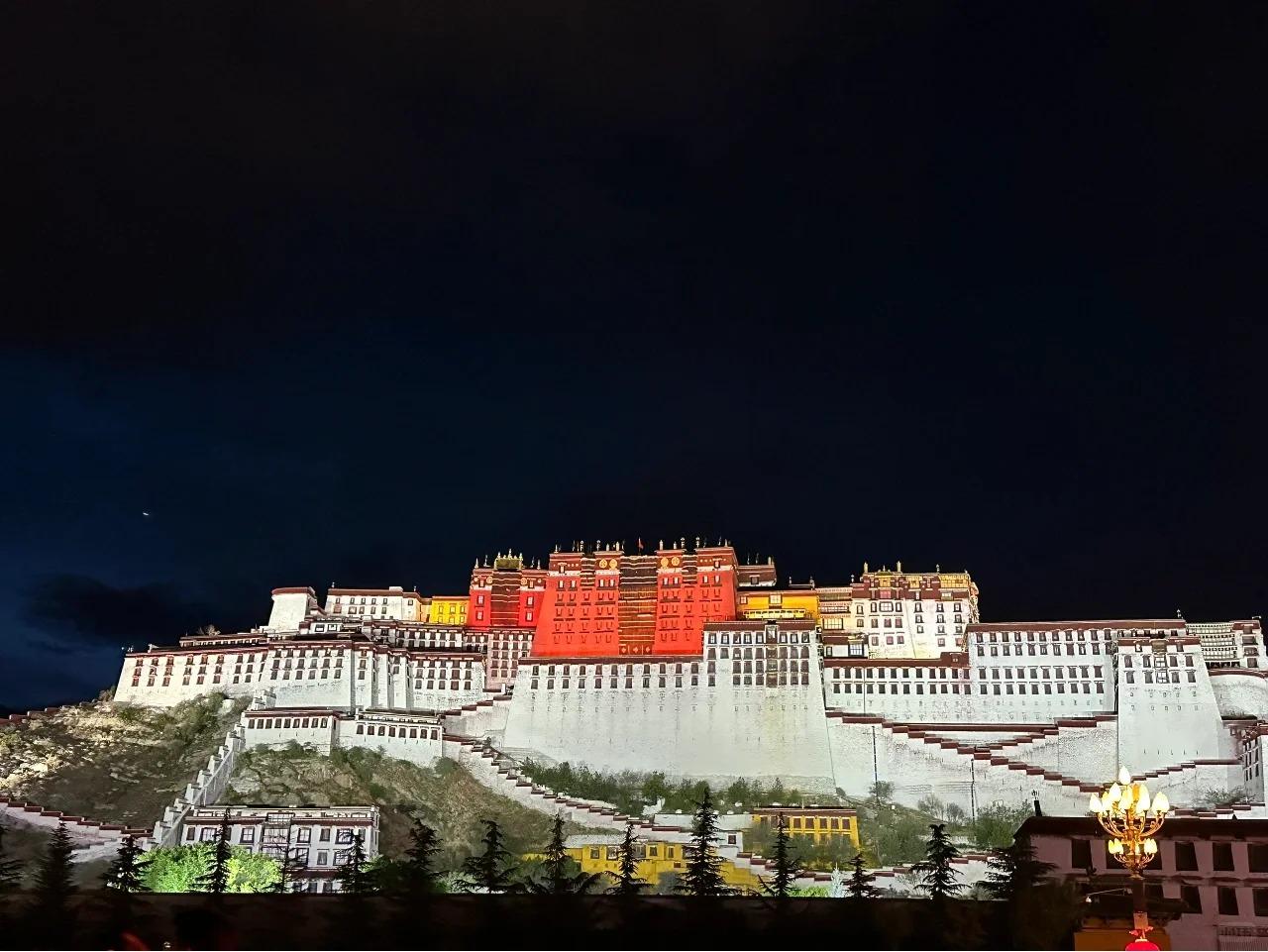
FAQ
- What is Potala Palace famous for?
Potala Palace is famous for being the winter palace of the Dalai Lamas, its stunning Tibetan architecture, rich history, and as a symbol of Tibetan Buddhism and culture. It’s also renowned for its height and location, perched atop Marpo Ri hill in Lhasa. - What’s inside Potala Palace?
Inside Potala Palace, visitors can find numerous rooms filled with Tibetan art, statues, thangkas (religious paintings), and historical artifacts. It houses the tombs of several Dalai Lamas, meditation caves, assembly halls, and vast libraries of Buddhist scriptures. - Is Potala Palace free?
No, Potala Palace is not free. There is an entrance fee that varies depending on the season: 200 CNY from May to October, and 100 CNY from November to April. - Is Potala Palace worth visiting?
Yes, Potala Palace is considered a must-visit attraction for anyone traveling to Tibet. Its historical significance, architectural beauty, and cultural importance make it a unique and valuable experience for visitors. - What to do in Potala Palace?
In Potala Palace, visitors can explore the various rooms and halls, admire the Tibetan art and architecture, learn about Tibetan history and Buddhism, visit the tombs of past Dalai Lamas, and enjoy panoramic views of Lhasa from the palace’s high vantage point. - How do I get to Potala Palace in the local city?
In Lhasa, you can reach Potala Palace by taking buses 1, 2, 3, 4, 5, 6, 7, 8, 9, 10, 17, 18, 23, 24, 25, or 26 to Potala Palace Square. Taxis are also readily available; simply ask for “Bùdálā Gōng” or “Potala Palace”. Lhasa does not have a metro system. - How to visit Potala Palace?
To visit Potala Palace, you need to book tickets in advance as there’s a daily limit on visitors. Arrive early in the morning to collect your tickets. Be prepared for a lot of stairs and high altitude. Respect local customs and dress modestly. Photography is restricted in many areas inside the palace. It’s recommended to hire a guide to fully appreciate the history and significance of what you’re seeing. Remember to bring your passport, as it’s required for entry.


